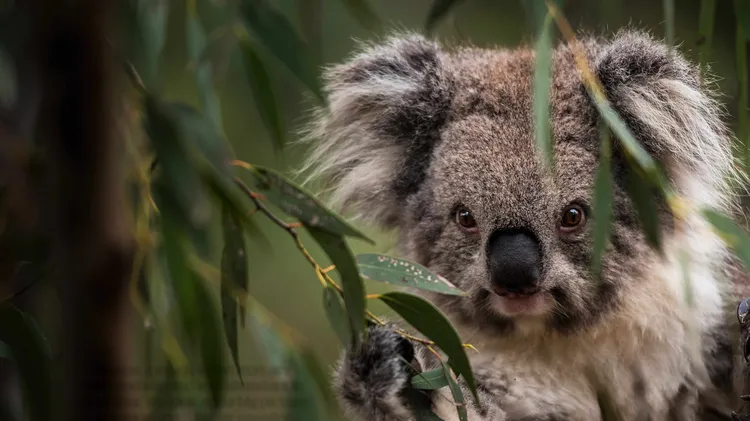This striking bird is making itself at home amid the city’s tower blocks
Singaporeking
9 min read
This article is from...
Read this article and 8000+ more magazines and newspapers on Readly






